
What: livestreamed e-commerce, a huge trend in China this year, combines two eminently addictive behaviors: livestreaming and online shopping. For 2-3 hours at a time, influencers, brand reps, and celebrities on platforms like Douyin (Chinese Tiktok), Weibo (Chinese Twitter), and Taobao (Alibaba’s flagship e-commerce site) introduce products, give demos, share discounts, and exhort viewers to buy.
Why is this interesting:
- It’s been incredibly effective: livestreamed e-commerce brought in roughly $130 billion in sales this year in China, up from $63 billion in 2019, and featured heavily in the 11/11 Singles shopping day (Chinese Black Friday.)
- Meanwhile in the US, livestreaming still remains mostly the purview of video gamers; it hasn’t really penetrated e-commerce, and the numbers reflect that—the market is valued at only $5 billion. But given its success in China, Western platforms like TikTok, Instagram, Facebook, and Amazon, as well as a spate of startups, are looking to bring it to the U.S. in a big way.
In the rest of this article we will walk through the mechanics of livestreamed e-commerce in China: how are the streams discovered, what happens during a stream, who are the hosts, and how do they make money?
How It Works
Livestreams are usually 2-3 hours and feature 20-30 items for sale. Users find the stream by browsing their social feeds on Weibo or Douyin, through a push notification on their phones, or even through in-person advertising. For example, this billboard in a Beijing railway station advertising a stream:
What happens during the stream
Livestreams are used to sell everything from cellphones to lipstick to cars, but products that do particularly well are commodity products like toothpaste, and items that viewers like to see modeled, like clothing.
Hosts will do a variety of things depending on the product they’re showcasing. For example, if the stream features makeup then the host may do a tutorial to demonstrate how to use it. Or, if it features apparel the host will try on the clothes during the stream.
The vibe on the streams also varies depending on the host. Some rely on a sort of slapstick humor that’s typical on Chinese variety shows. Others do a lot of dramatic overreactions (sort of like gamers on Twitch).
Still others cultivate more of a talkshow/podcast/The View type vibe. For example, to sell luxury mouthwash, one host talked about her career as an interviewer. After years interviewing everyone from ordinary citizens to movie stars, she explained how she became more aware of how much people were affected by someone else’s bad breath—and used that to showcase the product.
The livestreams generally have a pop-out that takes the user directly to the product page, where you can pay with Alipay or WeChat Pay.
The Only Subscription
You Need to
Stay at the
Edge of AI
The essential toolkit for those shaping the future
"This might be the best value you
can get from an AI subscription."
- Jay S.
Join 100,000+ leaders, builders, and innovators

Email address
Already have an account? Sign in
What is included in a subscription?
Daily insights from AI pioneers + early access to powerful AI tools

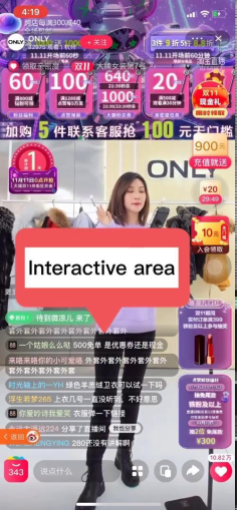
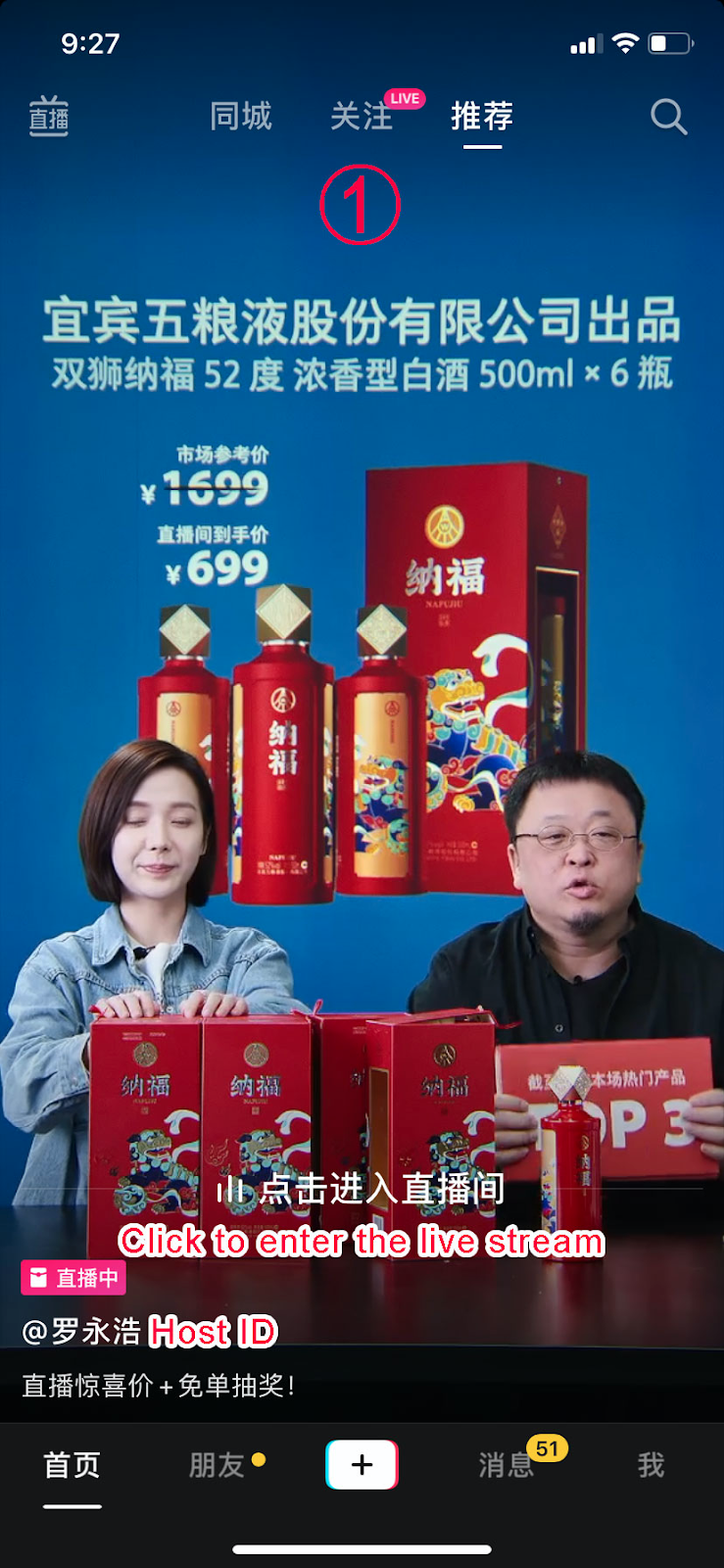
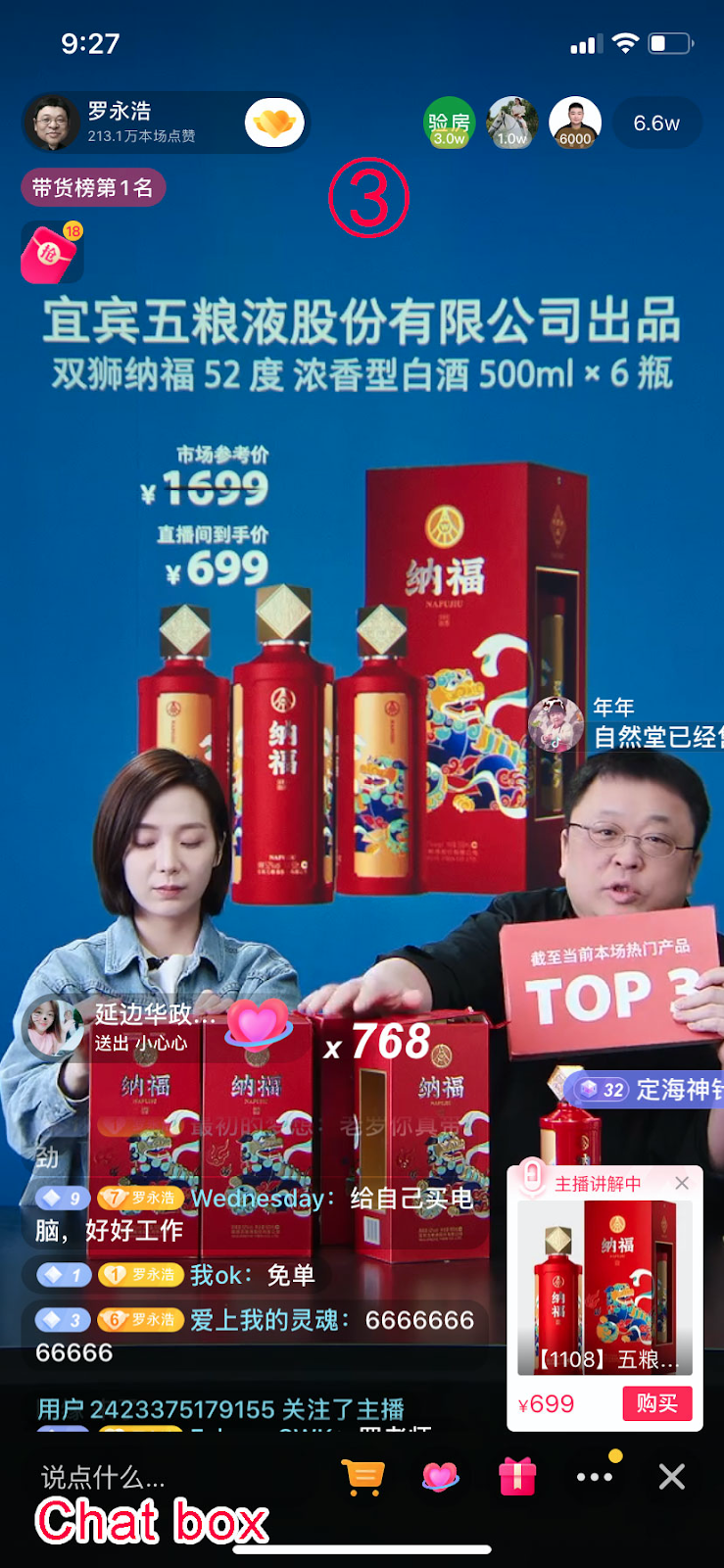


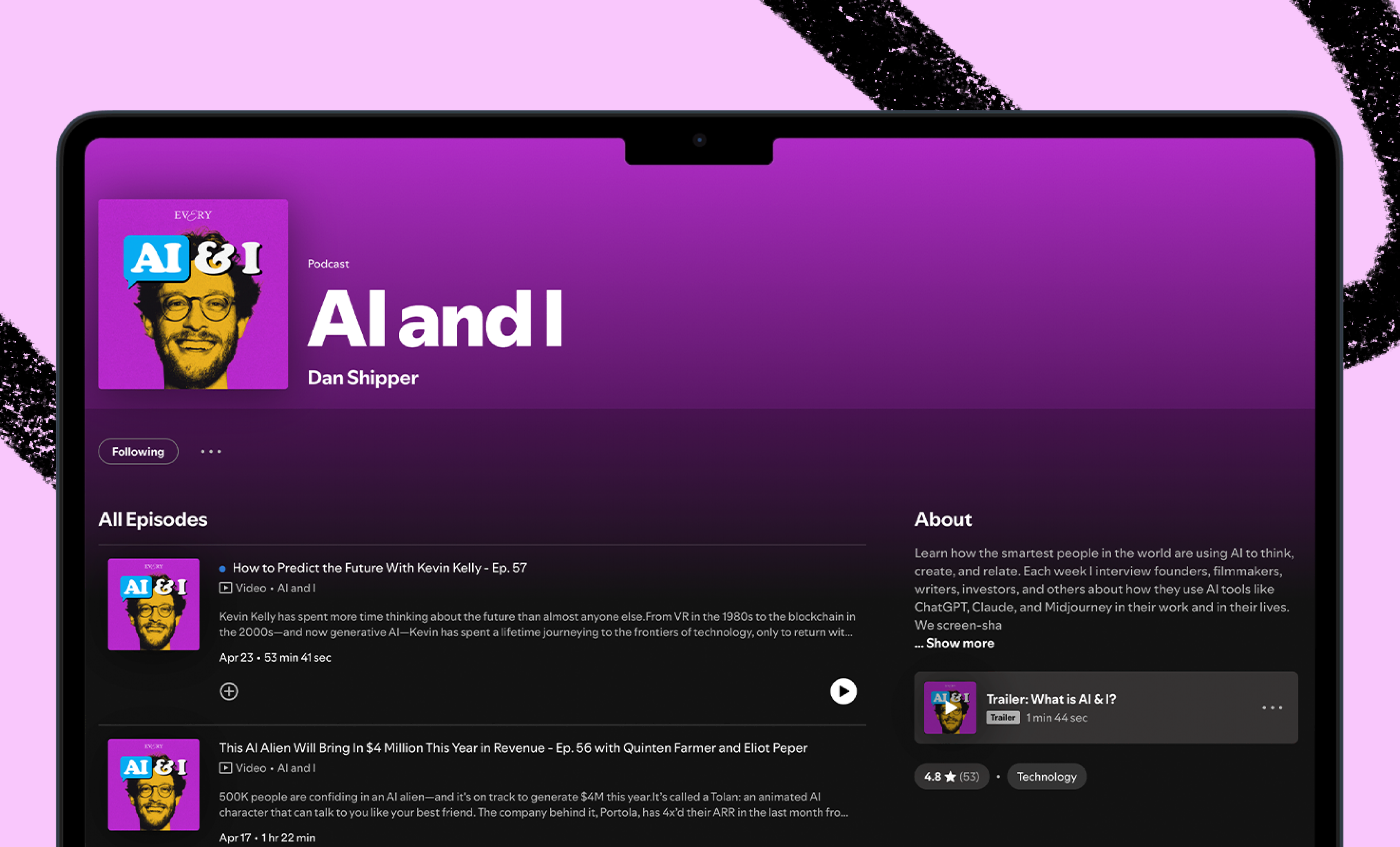


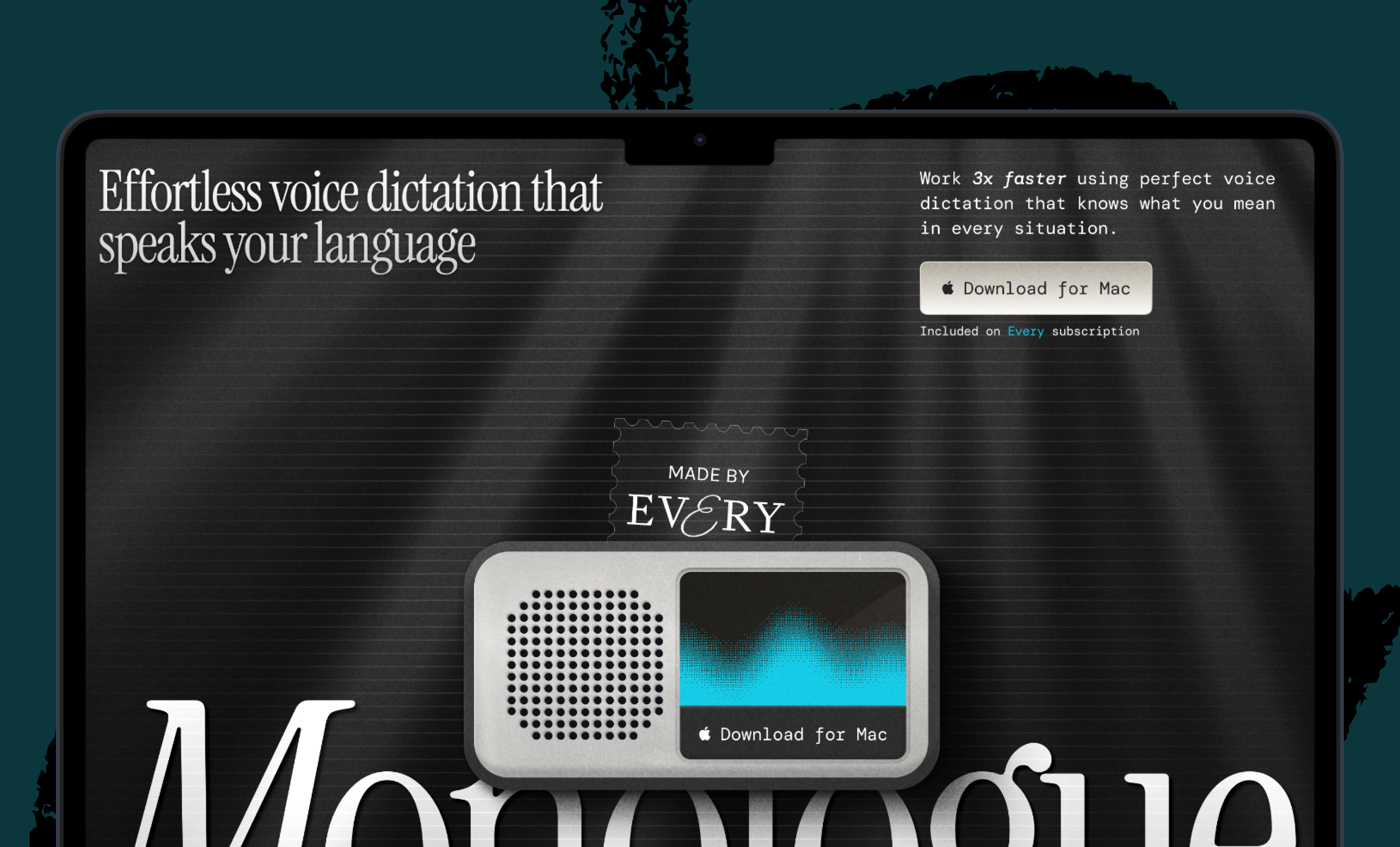




Comments
Don't have an account? Sign up!